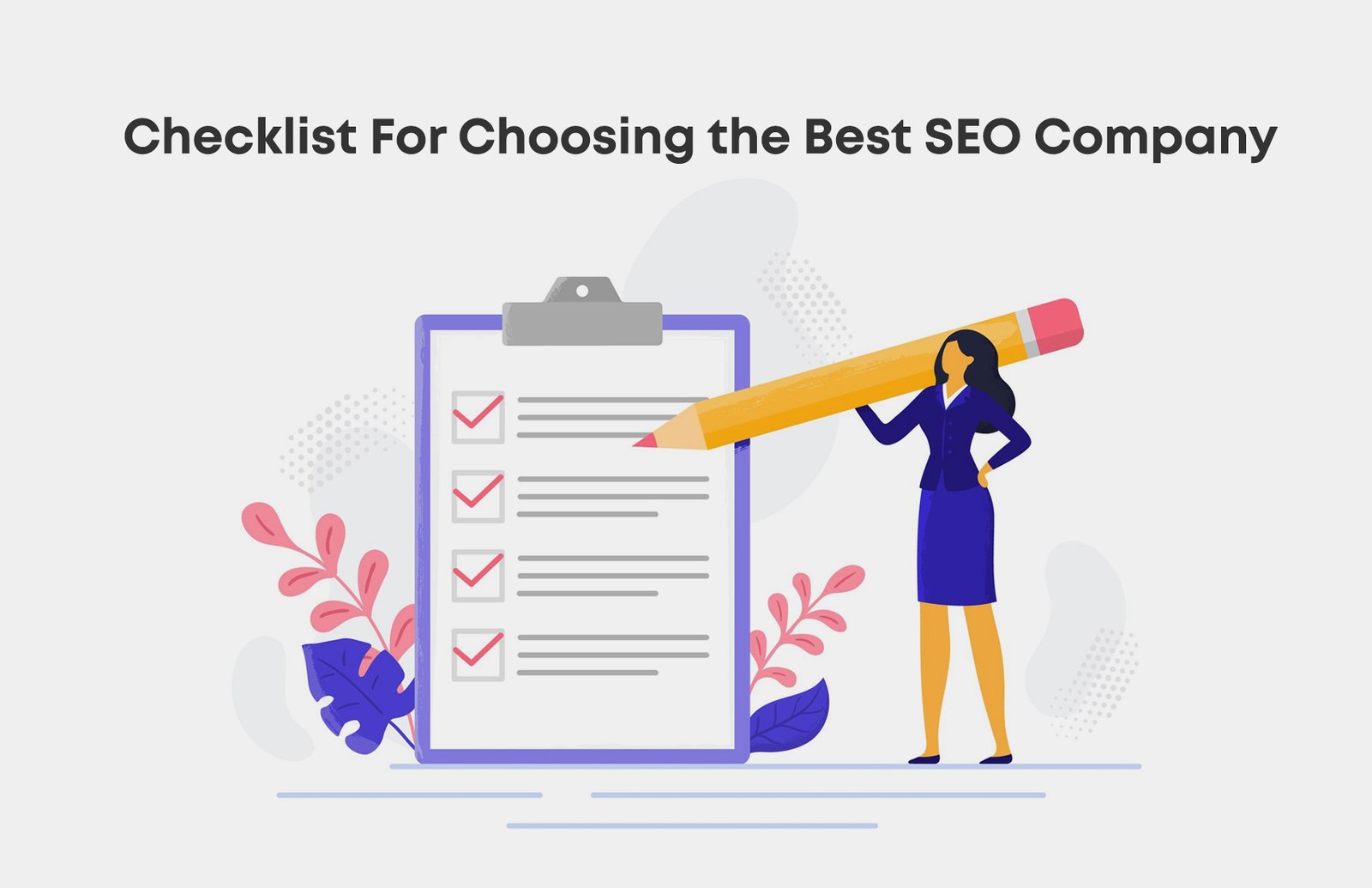“You’ve got mail.”
Remember the iconic AOL notification from the 90s? While it might be a nostalgic memory for some, email marketing has evolved dramatically since then.
Though new platforms like Facebook Messenger, Tweets, and Instagram likes have emerged, email is far from fading away.
In fact, it remains a critical channel for businesses to reach their audience effectively.
Email Marketing Isn’t Dead – It’s Evolving

Even with new forms of communication, email has secured its position as a reliable platform for personal and professional interactions. Despite the distractions of social media, email offers a quieter, more focused environment where messages can be received without interruption.
The idea that people hate email marketing is a common myth. The truth is, as long as your emails are relevant, personalized, and provide value, most people welcome them.
A study by HubSpot shows that individuals are more than willing to engage with emails that speak to their interests and needs.
The ROI of Email Marketing: Why It’s Worth the Effort


Email marketing offers an impressive return on investment (ROI).
According to research by DMA, businesses see an average return of $32 for every $1 spent on email marketing. That’s a massive potential for any business.
However, to make the most of this channel, you need a clear strategy.
Between managing your social media, website, and other platforms, executing a personalized email marketing campaign can feel overwhelming. This is where automation comes into play.
Mass Personalization at Scale


One common concern marketers express is that automation might kill the personal touch. But with modern tools, it’s now easier than ever to deliver mass personalization at scale. Advanced technology allows businesses to categorize and target their customers based on behavior and preferences, making personalized content faster and more affordable.
The key to personalization is relevance. A McKinsey study highlights that customers value content that is directly related to their interests and needs.
By automating your emails and tailoring the message to individual recipients, you can achieve this level of personalization without losing the efficiency of automation.
Getting Started with Email Marketing Automation


1. Segment Your Audience
The first step in automating your email marketing is audience segmentation. Segmentation involves grouping your subscribers based on certain criteria like their interests or how they found your business.
Most email platforms allow you to track where subscribers signed up from, giving you insights into their preferences. For example, if a user signs up through a blog post on eCommerce, they can be tagged as “interested in eCommerce.”
2. Customize Content Based on Interests


Personalization goes beyond just addressing someone by their first name. With tools like ConvertKit, you can tag subscribers based on their actions, such as clicking on specific links. This allows you to send targeted content that aligns with their interests.
For example, you could send out a survey like:
- I don’t have an eCommerce business yet.
- I have an eCommerce business but generate under $500/month.
- I’m generating over $500/month and want to scale.
By tagging subscribers based on their responses, you can provide content tailored to their business stage.
3. Automate Delivery with RSS Campaigns
Automating blog post delivery can save you hours. Setting up an RSS campaign in platforms like Mailchimp allows your blog posts to be automatically emailed to your subscribers. It’s an efficient way to keep your audience engaged without needing to send emails manually.
4. Use Lead Magnets to Grow Your List


Lead magnets are free resources like eBooks, templates, or checklists that you offer in exchange for an email signup. Tools like Lead Pages or Optin Monster allow you to automate the delivery of these bonuses. When someone opts into your list, an email sequence can be triggered to deliver the promised content and follow up with relevant emails.
5. Implement Autoresponders
Autoresponders are an essential part of email automation. These are emails or sequences of emails that are sent automatically when someone joins your list. Autoresponders can help nurture new leads and guide them through the buying process without manual intervention.
Conclusion – Automate Email Marketing


Automating your email marketing doesn’t mean losing the personal touch—it means using technology to enhance it. Through segmentation, personalized content, and strategic automation, you can build meaningful relationships with your subscribers and significantly grow your business.
If you’re new to email marketing automation, don’t worry! It may take a little setup initially, but once in place, it will save you time and effort. And with the power of mass personalization, you can engage your audience at scale like never before.
So, if you haven’t started yet, now is the time to automate and grow your email marketing strategy!
Check our recent blog: 3 Silly SEO Myths You Should Ignore






